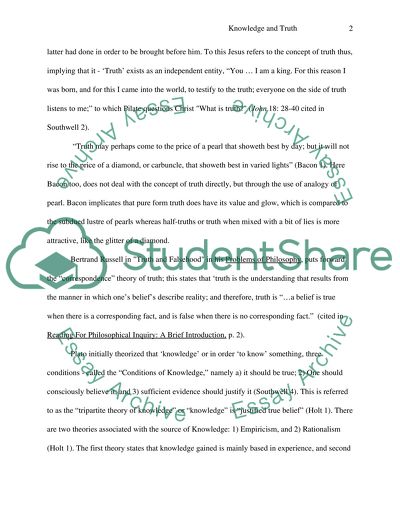Cite this document
(“Ways of Knowing and the Truth Essay Example | Topics and Well Written Essays - 1500 words”, n.d.)
Retrieved from https://studentshare.org/philosophy/1520168-truth-and-knowledge
Retrieved from https://studentshare.org/philosophy/1520168-truth-and-knowledge
(Ways of Knowing and the Truth Essay Example | Topics and Well Written Essays - 1500 Words)
https://studentshare.org/philosophy/1520168-truth-and-knowledge.
https://studentshare.org/philosophy/1520168-truth-and-knowledge.
“Ways of Knowing and the Truth Essay Example | Topics and Well Written Essays - 1500 Words”, n.d. https://studentshare.org/philosophy/1520168-truth-and-knowledge.


